 What else can you think of after driving two turbocharged specials?
What else can you think of after driving two turbocharged specials?
Story Harmaan Madon
Photography Sanjay Raikar
There are plenty of performance car enthusiasts in this country, but sadly, very few cars to satiate this craving for fast cars. This paucity of power has forced the hand of a few to ‘boost’ their four-wheeled babies. While turbocharging isn’t a brand new idea, most turbocharged cars in this country have been diesels. And while you can see what you can do with turbo diesels (check out our story on Pete’s Performance in this issue), for some, petrol remains the Real McCoy for performance motoring.
We are somewhere on the outskirts of Bengaluru on a hazy Monday morning. There’s the promise of the day turning into a scorcher as the sun gets high in the sky. Two innocuous looking cars are parked by the side of the road. One is a Maruti Swift and the other is a Mitsubishi Lancer Cedia. Both are white and devoid of any street racing boy giveaways other than the larger than usual alloy wheels. N Leela Krishnan is sitting in the Cedia. For the uninitiated, Leela as he is affectionately known, is a seven-time national rally champion. Now, he’s the technoscenti at Red Rooster Performance in addition to overseeing Triple R’s competition activities. These two cars have been worked upon by Leela and his team and we’re here to try them out for ourselves. Both cars have been turbocharged with the work carried out at Red Rooster Performance’s state-of-the-art workshop in Bengaluru.
 We drive the Cedia first. This car uses a Garrett P5 turbo producing 13psi of boost. The car belongs to a customer who brought his own turbo with him. In Leela’s opinion, this turbocharger isn’t ideal for the car, given that it is too big for the Cedia’s 2.0-litre engine. Expectedly, there was quite a bit of turbo lag, but as the turbo came on boost, the power delivery was totally savage. So much so, that it would spin its wheels even in third gear! Such savage power delivery is both exciting and dangerous, especially when you’re on a highway. A front-wheel drive car with this much power will have a lot of torque steer and this car is literally like a snake if you so much as put a hint of angle on the steering wheel. According to Leela, the suspension of this car needs to be completely reworked, not only to make it stiffer but to eliminate bump steer as well, given that it was running larger wheels. On the back roads we took for returning to the city, the Cedia felt quite a handful; the front wheels hated the ruts in the road and the car tended to tramline. According to Leela, there are two reasons for this: one, car manufacturers tend to increase the ride height for cars in India without changing the suspension geometry and two, the car’s larger wheel size (17-inches on the Cedia). Given that the Cedia produces 280PS in turbocharged form, putting all this power to the ground is difficult with the standard suspension set-up. Still, on our acceleration runs, the Cedia got to 100km/h hour in just seven seconds, almost five seconds quicker than the stock car. Of course, it was hampered by turbo lag and lots of wheelspin when the turbo did kick in. More impressive, however, was the time from 100km/h to 140km/h. Here, the turbo-ed car posted a jackhammer time of a mere 4.34 seconds vis-à-vis 11.42 seconds for the stock car. This is because the wheels have started gaining traction. We couldn’t measure the top speed, but estimate it to be well over 220km/h with the same gearing.
We drive the Cedia first. This car uses a Garrett P5 turbo producing 13psi of boost. The car belongs to a customer who brought his own turbo with him. In Leela’s opinion, this turbocharger isn’t ideal for the car, given that it is too big for the Cedia’s 2.0-litre engine. Expectedly, there was quite a bit of turbo lag, but as the turbo came on boost, the power delivery was totally savage. So much so, that it would spin its wheels even in third gear! Such savage power delivery is both exciting and dangerous, especially when you’re on a highway. A front-wheel drive car with this much power will have a lot of torque steer and this car is literally like a snake if you so much as put a hint of angle on the steering wheel. According to Leela, the suspension of this car needs to be completely reworked, not only to make it stiffer but to eliminate bump steer as well, given that it was running larger wheels. On the back roads we took for returning to the city, the Cedia felt quite a handful; the front wheels hated the ruts in the road and the car tended to tramline. According to Leela, there are two reasons for this: one, car manufacturers tend to increase the ride height for cars in India without changing the suspension geometry and two, the car’s larger wheel size (17-inches on the Cedia). Given that the Cedia produces 280PS in turbocharged form, putting all this power to the ground is difficult with the standard suspension set-up. Still, on our acceleration runs, the Cedia got to 100km/h hour in just seven seconds, almost five seconds quicker than the stock car. Of course, it was hampered by turbo lag and lots of wheelspin when the turbo did kick in. More impressive, however, was the time from 100km/h to 140km/h. Here, the turbo-ed car posted a jackhammer time of a mere 4.34 seconds vis-à-vis 11.42 seconds for the stock car. This is because the wheels have started gaining traction. We couldn’t measure the top speed, but estimate it to be well over 220km/h with the same gearing.
By comparison, the Swift used a much smaller Garrett GT20 turbo, producing just 6.5psi of boost. Even this is enough to light up the front wheels, although wheelspin was much reduced compared to the Cedia. In any case, the Swift has a delicate clutch and so to get this car going ‘swiftly’ one must be sympathetic to it. Nevertheless, it was almost 3 seconds quicker to the tonne as compared to the stock car. The Swift had very mild torque steer too, making it far easier to live with. What about fuel efficiency? Well, turbocharging increases an engine’s volumetric efficiency which simply means that a given quantum of fuel is burnt more efficiently. If you drive with a moderate right foot, a turbocharged car will actually be more efficient than a naturally aspirated engine. This is why so many manufacturers are downsizing their engines and turbocharging them, for the same power and performance but with better fuel efficiency and reduced emissions.
The proof of the pudding is in the eating and although we didn’t have the time to do a detailed fuel efficiency test on the Red Rooster Performance cars, we can safely say that they should be as fuel efficient, if not better, than the stock cars. The beauty lies in the added flexibility the extra performance gives you. Overtaking is much easier and you actually cover ground faster with less driver fatigue over long distances. Leela is used to building cars to withstand the rigours of a full-blown rally, so reliability of these cars should be good. In any case, Red Rooster Performance is giving a year’s warranty on the cars. Turn the page to read more about the Red Rooster Performance workshop.






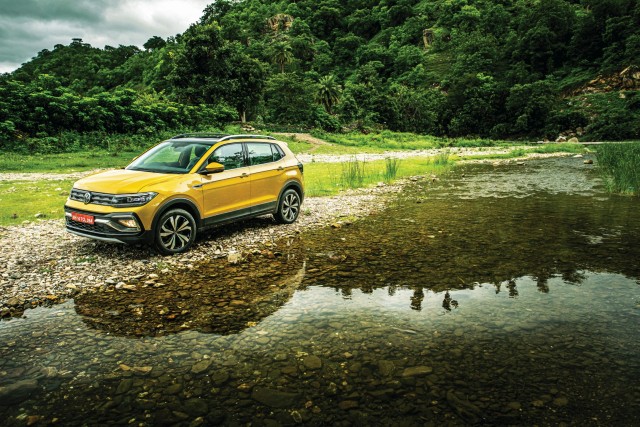
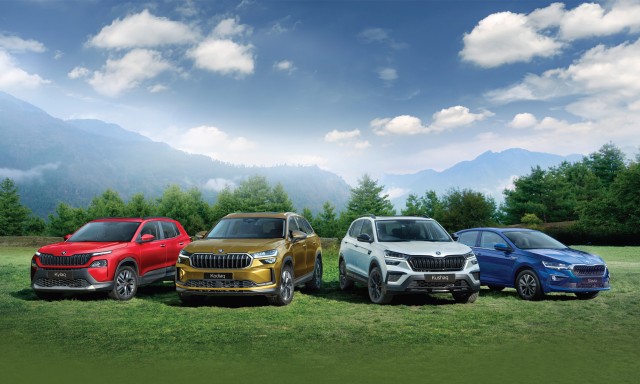

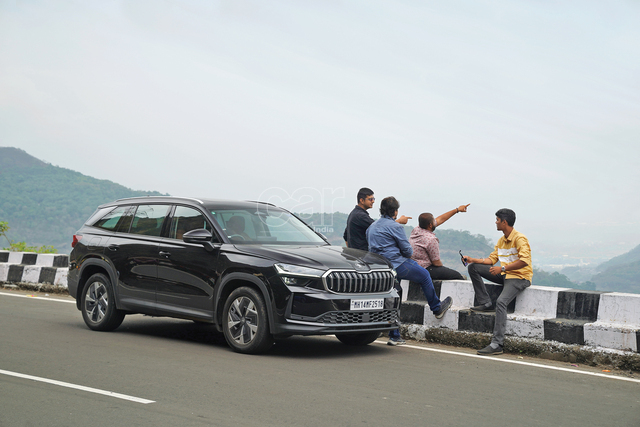


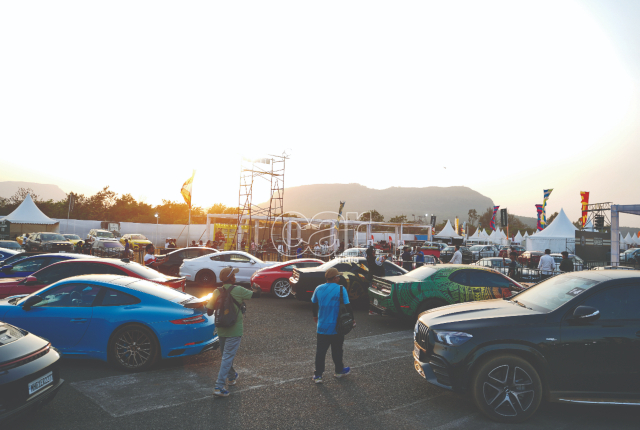
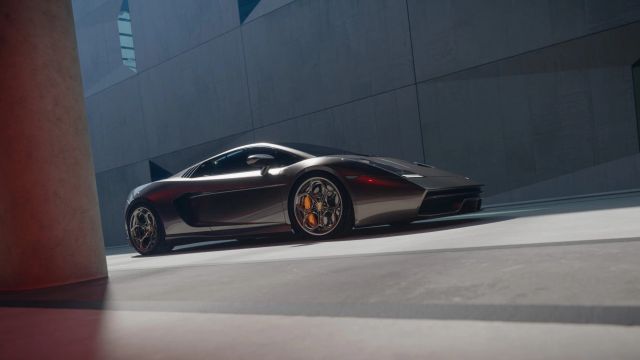
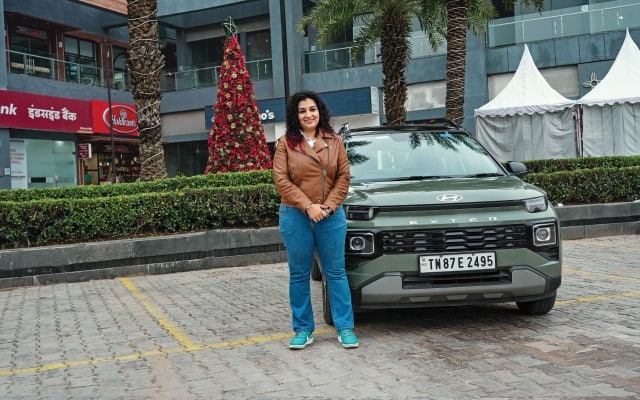

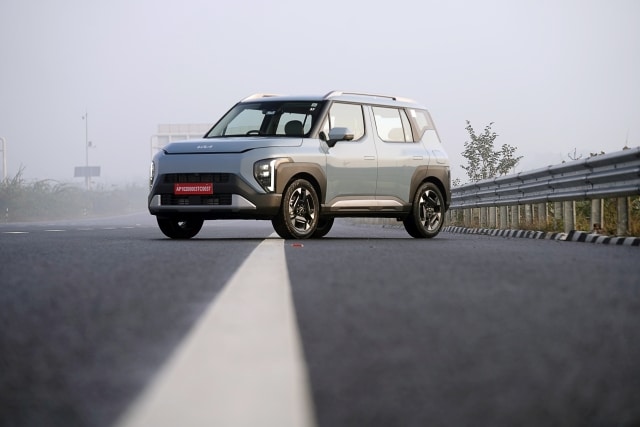



Leave a Reply